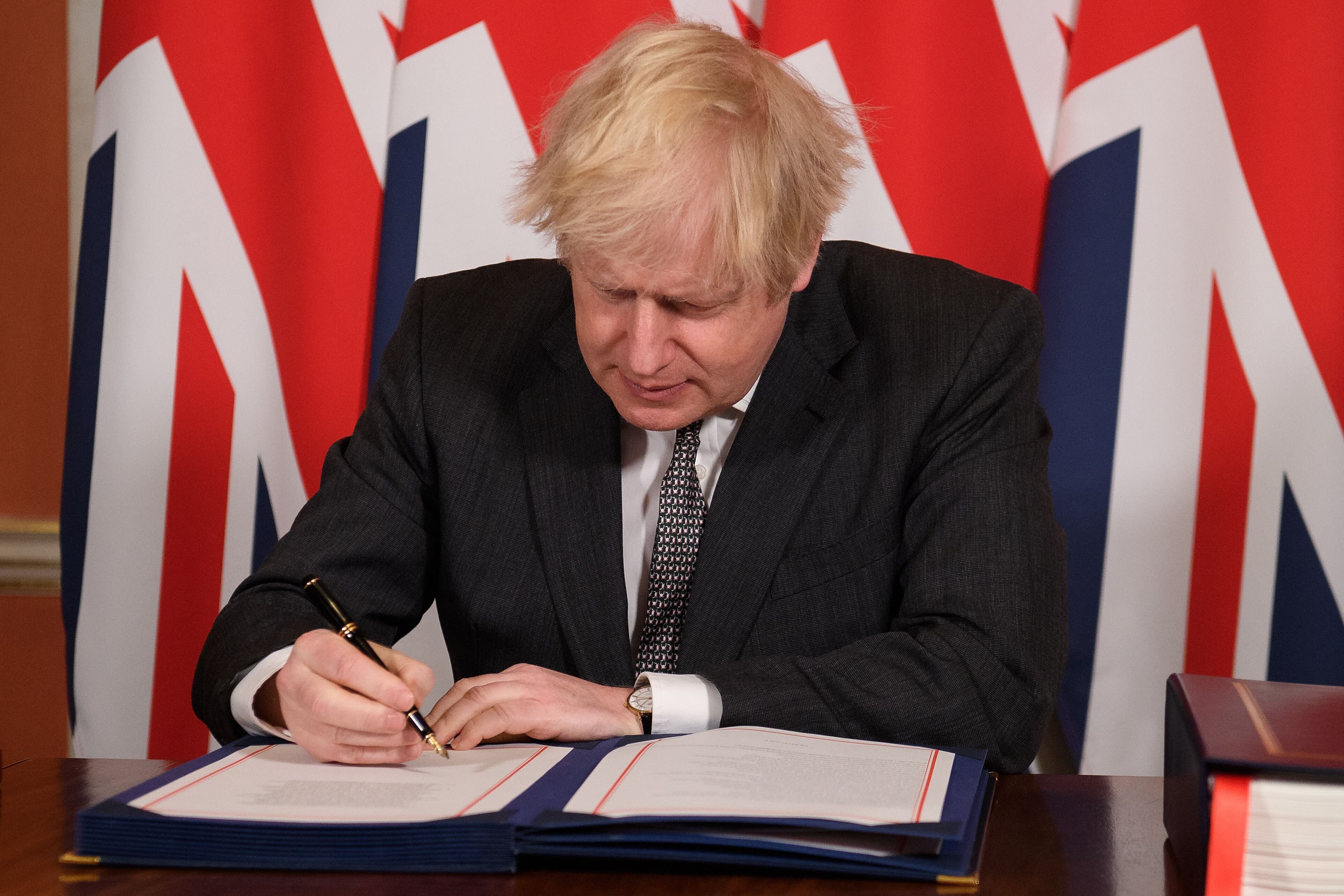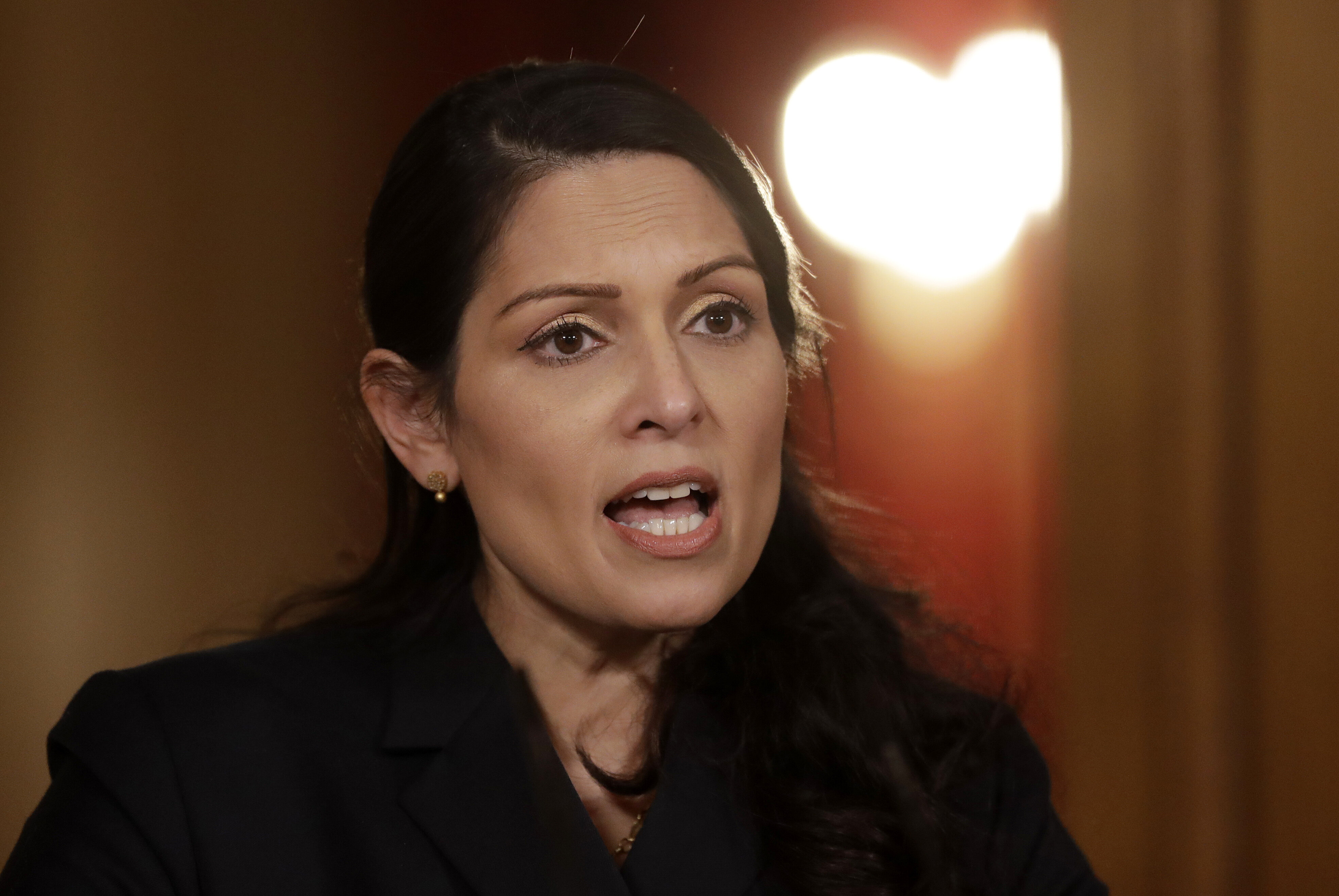It’s been going on for a full week. Erratic yet relentless, predictably unpredictable, a depressing drip-drop water torture that the has plunged the nation into a slough of despond, leading many to ask: ‘will it ever end?’ Yes, Dominic Cummings’ interminable Twitter thread is still going on a full seven days after it first started. On and on and on. And on. Or “59/n” as he might put it.
The PM’s former chief adviser once threatened “a hard rain” would fall on a bloated Whitehall, which at the time sounded like scary talk from a scary man. Perhaps the fear would have been less if everyone had realised that his weapon of choice was a drizzle of tweets from the dark clouds of his cranium.
Yes there is the occasional thunder in the shape of CAPITAL LETTERS, and lightning in the shape of asterisks. But in the absence of some killer (pun intended) recording of Boris Johnson’s culpability or a damning new document, for some in the current No.10 it just feels a bit wet, wet, wet.
Still, ahead of his impending appearance before parliament’s inquiry into Covid, Cummings just can’t contain that brain rain. In his bid to make the political weather, his latest tweets suggested some in No.10 (him, perhaps?) were “screaming” at Boris Johnson to devise a proper lockdown plan for the pandemic last March.
Instead, there was an “optimal single peak strategy” to absorb 259,000 deaths with a variety of weaker measures, and Cummings provided the graph to illustrate it. A quarter of a million deaths was lower than the half a million alternative of “do nothing”, but there was no third way option of tight restrictions, he claimed.
Crucially, Cummings claimed No.10 and ministers were lying about “herd immunity” not being part of their “strategy” early on. He said it was “*literally the official plan in all docs/graphs/meetings* until it was ditched”. Given such apparently opposing accounts, is the issue one of terminology rather than substance? Was it about modelling not active intention?
Well, no one can dispute that chief scientist Sir Patrick Vallance talked about herd immunity before the strategy was shifted to lockdown. His defenders insist he was just saying it was the inevitable outcome of restrictions that stopped short of lockdown. But minister Anne-Marie Trevelyan let slip on ITV today that Vallance saw it as “one of the potential tools in the armoury”, which makes it sound like the ‘plan’ Cummings has claimed.
What doesn’t help is the way Vallance has tried to explain away both the phrase and the strategy. Just three days after his “herd immunity” quote on the Today programme, the government dramatically changed policy and urged people not to travel or mingle. On March 17, as the Imperial College model was published, Vallance appeared before Jeremy Hunt’s health select committee.
Hunt asked if a strategy of “mitigation potentially allowing for herd immunity” had been ditched in favour of a harder ‘suppression’ strategy. Vallance replied: “It is a semantic difference, whether you call it suppression, delay or mitigation. The aim is exactly the same, which is, how do you keep this thing down..”
But he added: “There is a second question that comes at the end of that, which is what happens when you release all those measures.” That felt like him admitting the driver had indeed been the idea that a quick spring lockdown would later lead to a winter wave, because there would be no herd immunity allowed to build up. At some point, Vallance will have to be clearer on that.
While Cummings and Vallance’s differing accounts will inevitably have to be weighed up by parliament’s lessons learned inquiry, for many people that’s so much history. What matters more is the here and now. Will “The Variant First Identified As Coming From India” [TVFIACFI, to its friends], as No.10 repeatedly and diplomatically called it, disrupt the roadmap out of this year’s lockdown?
The PM is still getting the latest data but there are optimistic noises in government. The latest Public Health England vaccine efficacy data looked encouraging to some, but some scientists still worried the Indian variant was so highly transmissible that it may make sense to delay the final unlocking from June 21 to early September. It’s also possible we could see a phased unlocking through July and August.
One Sage member told MPs on Monday that a herd immunity of 80% of the population could be enough to protect against the variants, and England is at around 70% immunity levels already. Yet another scientist, UCL’s Judith Breuer, told the same MPs that the global nature of the pandemic and threat of import of variants was the big issue: “Herd immunity is a nice concept. but it’s going to be a long time before we can actually use it for public health planning.”
Patrick Vallance and Chris Whitty may be particularly cautious given last spring, and the latest move to restrict travel into and out of Indian variant hotspots like Bolton looks concerning. For now, the jury is out, not just on the data but on whether the PM himself is really ready to defy any urging of delay from his scientific advisers.
So far this year, Johnson has learned the value of unlocking slowly. Caution has been the political inoculation he really needed after last year’s missteps. With growing pressure from his backbenches for an economic bounceback, it’s unclear if Johnson thinks that the latest advice from Vallance and Whitty – let alone Cummings – should be seen but not herd.


